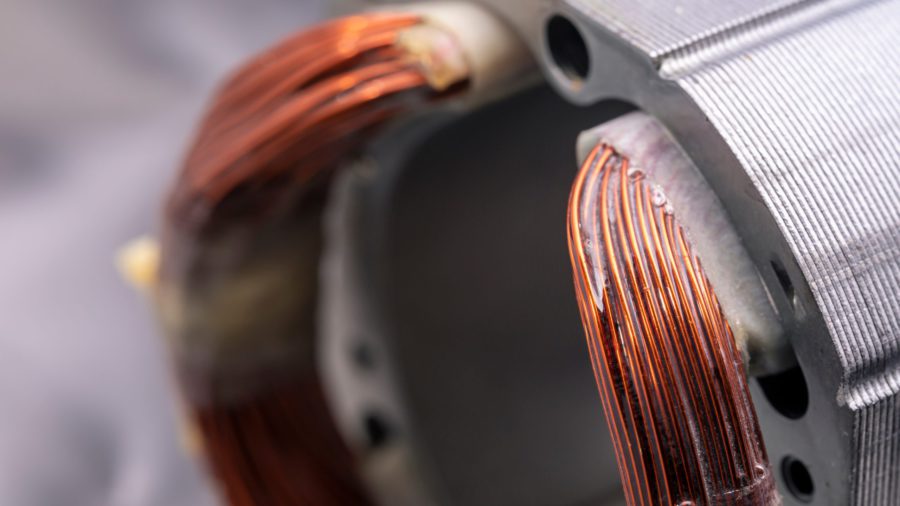More insane pictures of Russian potash mining destruction
The recent catastrophic accident at Uralkali’s Solikamsk-2 potash mine is not an isolated case.
Over the past thirty years, numerous similar accidents, caused by sudden surface subsidence, occurred at potash mines located in and around Berezniki and Solikamsk cities in the Perm Region of Russia.
Berezniki and Solikamsk, the second and third largest cities of the Perm Region, sit on abandoned and existing underground potash mines, some of those located as close as 200-300 meters from the surface.
Potash mines borders projection to surface, including existing sinkholes, and Berezniki city. Source: ru.wikipedia.org.
First major sinkhole occurred at the Berezniki potash mine #3 in 1986. It was later flooded and now has a 210 X 110 meters size.
Berezniki 1986 sinkhole. Source: ru.wikipedia.org.
In 1993-2005, several hundred earthquakes with a magnitude varied from 2 to 5 of the Richter scale, were recorded in the Berezniki-Solikamsk region.
Those countless earthquakes have been caused by collapsing underground tunnels of potash mines, mined out over the 70 continuous years of production.
In October 2006, in order to prevent catastrophic implications of a sudden brine influx, Berezniki potash mine #1 was flooded by Uralkali. After that, three major sinkholes occurred there.
On July 28th, 2007, huge sinkhole appeared on the surface above closed Berezniki mine #1, caused by sudden infiltration of groundwater into underground tunnels.
Second major sinkhole at Berezniki in July, 2007. Source of image: Itar-Tass news agency.
With an initial size of 50 X 70 meters and 15 meters depth in July, 2007, this sinkhole dramatically expanded to 437 X 323, 100 meters depth crater by November, 2008.
Second major sinkhole at Berezniki in November, 2008. Source: ru.wikipedia.org.
On November 25, 2010, a boxcar sank into a sinkhole at the Berezniki railway station.
Sinkhole accident at Berezniki railway station. Source: ura.ru
Later on, this sinkhole has been expanded significantly and flooded. Railway station has been closed permanently.
Flooded sinkhole at Berezniki railway station. Source of image: ru.wikipedia.org.
In December 2011, a new sinkhole occurred nearby the Berezniki mine’s administrative building.
Third sinkhole at Berezniki mine. Source of image: ru.wikipedia.org.
In September 2012, a truck with a driver and two bulldozers fell into a hole during sinkhole backfilling activities. Regretfully, a truck driver died in this accident.
Currently, this sinkhole flooded and has a size of 132 X 137 meters. In October 2014, seismic activities detected there.
Third sinkhole at Berezniki mine. Source of image: ru.wikipedia.org.
Because of the continuous surface subsidence processes, multiple cracks appeared in more than 25 apartment buildings in Berezniki.
Visible crack at one of Berezniki’s apartment buildings.
Source: screenshot taken from Russia 1 TV news.
To this date, about 1200 people had to be moved from their apartments and houses.
According to recent estimates, about 12,000 residents of Berezniki will have to leave their homes in the near future because of possible surface subsidence and sinkholes caused by potash mining activities.
Needless to say inhabitants of this area are living in an ongoing nightmare threatened by the possibility to suddenly sink into the ground.
{{ commodity.name }}
{{ post.title }}
{{ post.date }}











12 Comments
bee keeper
yeow,
Khai
yeeeow…anyone wants to buy a house in Perm?
Guest
I wonder if sink holes will eventually pop up all over the world wherever significant mining has occurred underground (as opposed to open pit mining).
JH
Don’t worry frank, you will be with us for a while yet. I guess you have never heard of hard rock mining, or coal mining or any of the minings. There is a difference in the host rocks. Perhaps you haven’t seen or heard of all the underground caverns built thousands of years ago under major cities as refuges from war.. A tunnel underground does not automatically imply it will collapse.
Mike Glogger,
Planned backfilling of stoppes mitigates this issue wherever there are rules and regulations governing how mining is allowed to progress
Luis Lange
This mining must be closed.It does not offer insurance.
Ed Guilbeault
they got to look at doing some back filling to prevent from further sink holes
someone could loose his life their
djamilya
I am sad to seeing this news about the disaster as this ruin the beauty of the land. I will pay someone for research paper to use this in your documents and assignments to make them improved and more skilled. Government should rebuild these.
OldDynamite
Lesson long learnt – do not build cities on top of subsidence prone mining (potash, coal particularly). This is a historical mistake by some, but obviously ignored by the Russians
Luca Ravallese
Wow! my wife is from Solikamsk!!
sudah pandai
can we accelerate the collapse? by introduce more under ground water ????
Keshavan Kasturi
Berezniki and Solikamsk cities in the Perm Region of Russia
It is interesting to hear that still people live there in spite of the all that has happened. Needless to say relocation of city should be the priority.